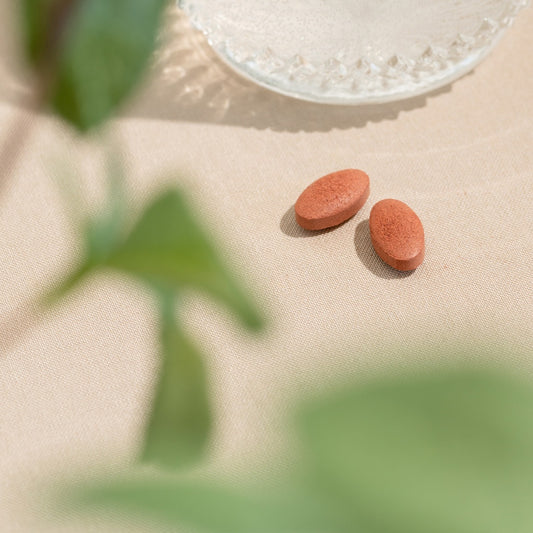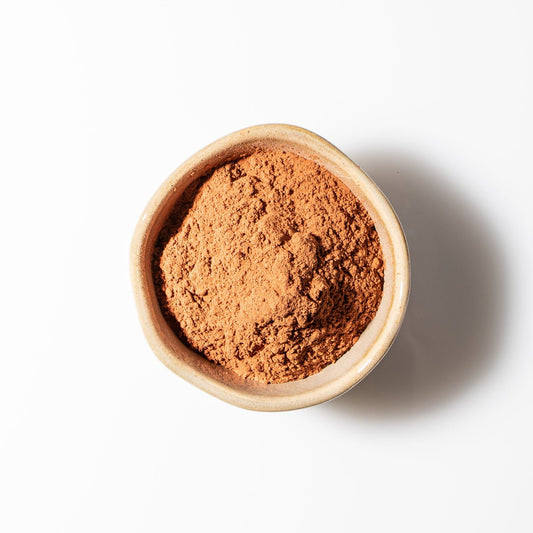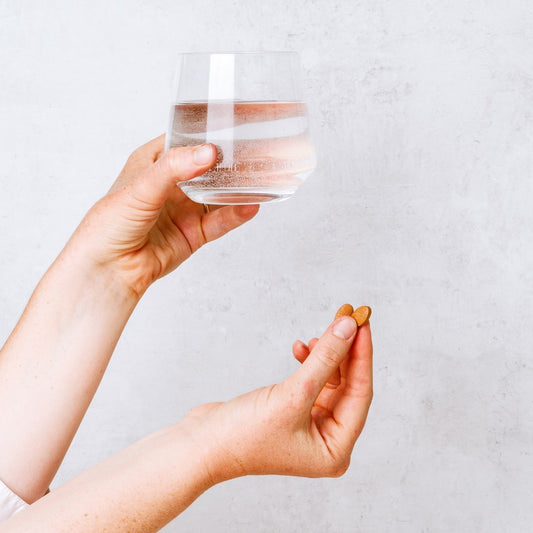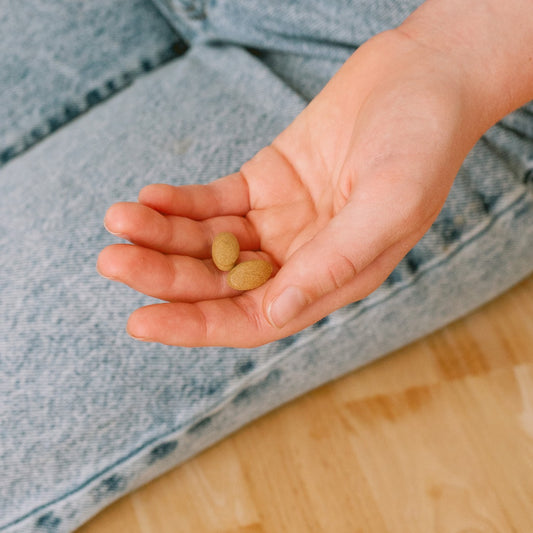If you haven't already heard about this super herb, it's time to learn how beneficial Manjistha (Rubia cordifolia) can be! Manjistha has become so popular and commonly requested that we have decided to offer it in tablet form, making it easy for you to take at home or on-the-go!
Manjistha's name translates to “bright red,” insinuating its strong affinity to the blood. In fact, it has such a robust red color that it serves as a natural dying agent in many Asian countries, imparting shades of red, scarlet, brown, and mauve to cotton and other fabrics.1
Manjistha has a strong, bitter taste, with some sweetness and astringency. It is this taste, along with its spicy aftertaste, that gives manjistha the unique ability to cleanse the blood and break down any blockages or stagnation within the entire circulatory system, including the blood and the lymph.
In Ayurveda, the blood and plasma are the first two tissues of the body, feeding and irrigating the other six tissue layers, all the way down to the sixth layer—the reproductive tissues. If these first two tissues are not optimally healthy, all the other tissues suffer. Common signs that the blood and lymph are not optimally healthy can be any skin imbalances, including non-cystic acne, occasionally heavy menstruation, congestion within the lymph, and occasional swelling in the body, all of which can result in a decrease in energy or just not feeling your best. When the basic irrigation system of the body contains natural toxins or is clogged in any way, the body becomes backed up with those toxins and does not receive the nutrition that it normally would.

It works at a root level, even at the origin of the blood tissue—the liver.
The result is a bright and clear complexion, relief from occasional itchiness, less heat in the body, support for the proper functioning of the liver and kidneys, elimination of natural toxins, and overall support for energy and health. By keeping the blood and lymph clean all other tissues benefit, including muscles, bones and joints, the nervous system and immune system, and the reproductive tissues. Manjistha is a great herb to help keep the circulatory system clean and clear, ultimately supporting greater health throughout the whole body.













